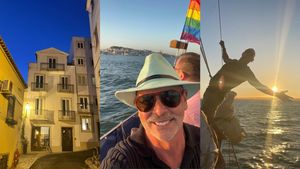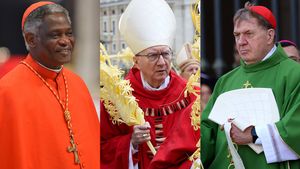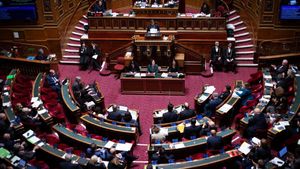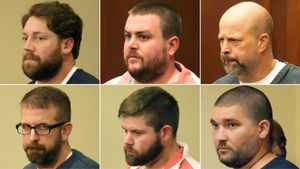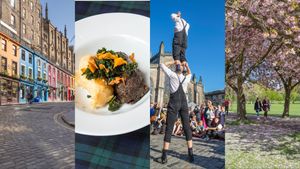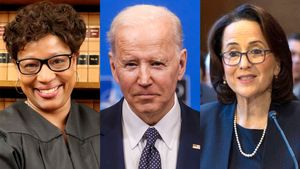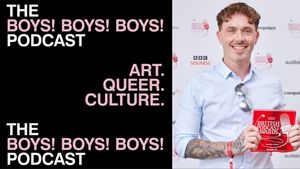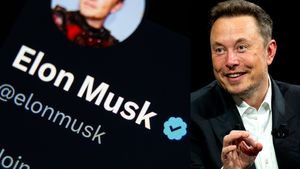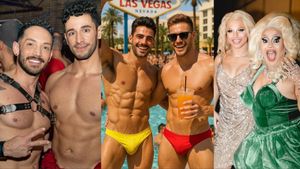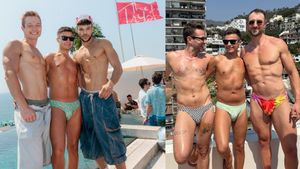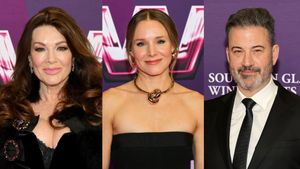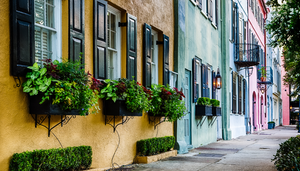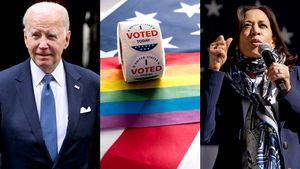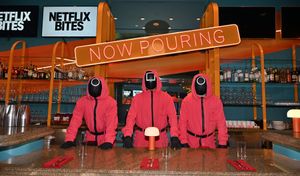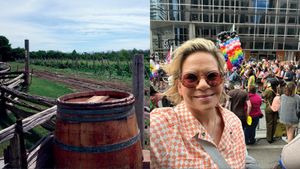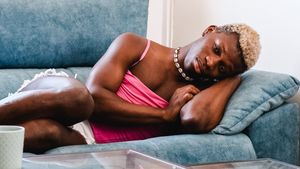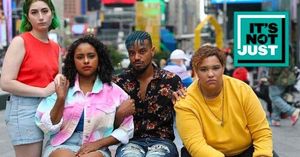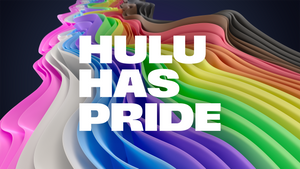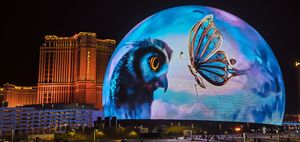Insider has amassed a database of every LGBTQ+ animated character on television in the US, showing the history of queer characters in representation in children's programing.
The database tracks "the historical presence of lesbian, gay, bisexual, transgender, intersex, asexual, and other sexual- and gender-minority characters with confirmation in animated children’s television in the US." According to the report, there are exactly 259 LGBTQ+ animated characters in children's programming.
The first animated show to feature an LGBTQ+ character was SuperTed, which aired on the Disney Channel in 1983, followed by Gargoyles in 1994.
While we're certainly making progress, many of the biggest pushes forward happened in the last ten years. Insider walks us through the queer-coded characters of the 1900s, the Hays Code, the villainization of queer stereotypes, persistent LGBTQ+ tropes, and more.
The video takes a deep dive into a few LGBTQ+ shows of the last decade. 39 out of the 259 LGBTQ+ characters noted belong to Cartoon Network's groundbreaking 2013 series Steven Universe alone. She-Ra and the Princess of Power also boasts 23. In 2020, Kipo and The Age of Wonderbeasts was the first cartoon where a character actually said "I'm gay" out loud.
Insider does acknowledge that the database "doesn’t tell the whole story of LGBTQ representation in US kids’ animation — just that of the characters who met a threshold. Still, it helps paint a clearer picture of how sexual and gender minorities have historically existed on screen." It's also tough to categorize the implicit idioms of characters over the decades.
There are a few mistakes on the list. According to Out, "Perfuma, a bisexual character from She-Ra and the Princesses of Power, is labeled as a cis woman, despite being confirmed as trans by the creators of the character and show. Additionally, Rogelio and Kyle, two characters who were said by Stevenson to be in a polyamorous relationship with a female character, Lonnie, in the same show, are both labeled as 'gay' instead of 'bisexual' or 'pansexual.'"











































